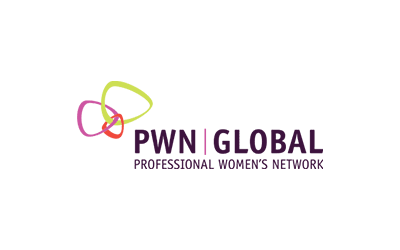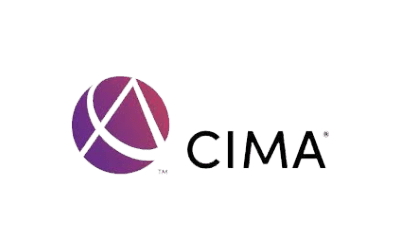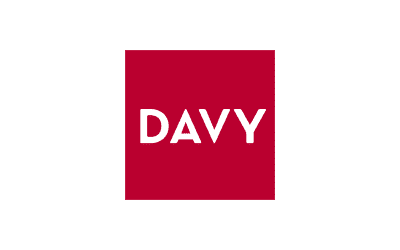Thursday 30th April, 2020
Unlocking the science of behaviour
From Tesco to Fidelity, three ways in which businesses are harnessing the power of behavioural science for business. By Jez Groom and April Vellacott.
If you heard that there was a simple way to double your assets under management, would you try it? What if there was a secret recipe for re-designing your communications to increase conversion by 10%? Or what if someone told you that by re-painting the walls of your office, you could radically improve employee wellbeing?
Thinking, Fast and Slow by Daniel Kahneman popularised behavioural economics. It summarises a vast body of work since the 1970s showing that humans, contrary to the assumptions of classical economics, behave in ways which are predictably irrational.
Over the last decade, we’ve seen so-called ‘nudge theory’ starting to be applied in real-world situations such as policy. The Behavioural Insights Team, founded within the UK Government, is dedicated to such work.
But how can behavioural science help businesses? In recent years, more and more companies have started maximising science to give them competitive advantage. Small behaviour changes can have a seismic ripple effect on your business. Every time a human interacts with your business – be that your employees, or your customers – you can apply behavioural science to make it a better experience. This means phone conversations, communications and physical spaces are all ripe with opportunity.
Transforming conversations
Remember the last time you called up a customer service line? Chances are you ended the call feeling bewildered, frustrated and exasperated. Using behavioural science, you can use the simple power of words to transform a conversation.
Standard Life, Aegon and Fidelity are all building behavioural science into their contact centres to improve customer experience. For example, they’ve improved the end of their calls by ending on a positive final impression. Known as the recency effect, this means that the last thing you hear is the last thing you remember, which influences the overall customer experience. Oftentimes, closing the call with “Can I help you with anything else?” leads to a polite “No, thanks” from the customer, thus ending on a negative. Conversely, tweaking this to “Have we covered everything you need on the call today?” is more likely to result in a “Yes, thank you” from the customer, thus ending on a positive note.
By making tweaks such as these to phone conversations, we find behavioural science yields consistently amazing results. In fact, working with various businesses we’ve driven 103.15% increases in assets under management, 63% reductions in employee churn, and NPS being boosted by 15 points.
What about the emails and letters sent by your business? Each of these is trying to drive a behaviour – whether that’s clicking on a call to action, accepting a price change, or updating your details. Using behavioural science, the words and visual design of a communication can be used to help people achieve these behaviours.
Tesco has optimised emails in this way to help their customers convert from a free trial of their Delivery Saver proposition. For example, you can use imagery to direct customers’ attention to the most important information in the email. We all have the propensity from infancy to follow peoples’ eye gaze, so our attention can be directed to follow another’s line of sight. By including a picture of a man looking towards some important information, this shifts customers’ attention in that direction. This, combined with other behavioural principles embedded in the email, drove a 10.2% uplift in conversion.
Drunk Tank Pink
If you could improve employee wellbeing with a can of paint, would you do it? Amazingly, this is one way in which transforming physical spaces can lead to changes in behaviour.
For construction companies, health and safety is a business priority – those with better health and safety records win more contracts. Overbury, the UK’s leading office refurbishment and fit-out specialists, wanted to try a brand-new approach to improve health and safety, and so used behavioural science to influence employees’ behaviour. In a male dominated environment such as this, risk-taking behaviour is driven by high testosterone levels. How could behavioural science reduce this risk-taking and unsafe behaviour?
“Even if a person tries to be angry or aggressive in the presence of pink, he can’t … It’s a tranquilising colour that saps your energy.”
In a surprising move, they painted the canteen pink. It was a specific shade of pink, known as Drunk Tank Pink, which has been used to calm violent prisoners in jails. Dr. Alexander Schauss, director of the American Institute for Biosocial Research in Tacoma Washington, has noted the effects of this colour on prisoners: “Even if a person tries to be angry or aggressive in the presence of pink, he can’t. The heart muscles can’t race fast enough. It’s a tranquilising colour that saps your energy. Even the colour-blind are tranquilised by pink rooms.”
Given this effect, the canteen walls were painted pink in order to calm employees before they went back on shift, thus reducing their risk-taking behaviour. This, amongst other changes, led to a staggering reduction in unsafe behaviours onsite by 82%.
These early adopters of behavioural science in business have applied it to improve their conversations, their communications, and their physical spaces. Companies such as Tesco, Fidelity, Standard Life and Overbury show how even small tweaks can be transformative and create ripple effects across an organisation. From customer service to employee wellbeing, there remains huge scope for other companies to take advantage of behavioural science to positively impact their organisations and ultimately, improve their competitive advantage.
Jez Groom and April Vellacott are behavioural scientists at Cowry Consulting, helping global clients apply behavioural science in their organisations. Their new book Ripple: The big effects of small behaviour changes in business is published by Harriman House (March 2020). www.ripple-book.com
(c) Decision, Ireland’s Business Review.















